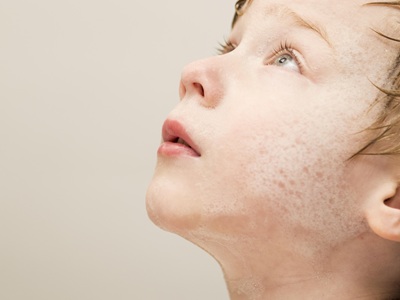Fungal Infections of the Skin
Fungal Infections of the Skin: Types, Symptoms, and Treatment
Fungal infections of the skin are common conditions that can affect the skin, nails, and scalp. These infections typically thrive in warm, moist environments and can cause itching, redness, and discomfort. While easily treatable with proper care, untreated fungal infections can spread and become chronic.
Types of Fungal Skin Infections
-
Tinea (Dermatophyte Infections)
- Tinea Pedis (Athlete's Foot): Causes itching, redness, and peeling, commonly between the toes.
- Tinea Corporis (Ringworm): Presents as red, circular, and scaly patches on the body.
- Tinea Cruris (Jock Itch): Red, itchy rashes in the groin area.
- Tinea Capitis (Scalp Ringworm): Affects the scalp, leading to hair loss and itching.
- Tinea Unguium (Nail Fungus): Thickened, discolored, and brittle nails.
-
Candida Infections
- Caused by Candida species, these infections often occur in moist, warm areas such as skin folds and mucous membranes.
- Symptoms: Redness, itching, and white patches in mucosal areas or bumpy rashes on the skin.
-
Pityriasis Versicolor
- What is it? A superficial infection caused by Malassezia fungus.
- Symptoms: White or brown patches on the chest, back, or shoulders with mild scaling.
Symptoms of Fungal Infections
- Itching and redness
- Peeling or flaking of the skin
- Fluid-filled blisters or pustules (in severe cases)
- Discolored or thickened nails
- Scaly, circular patches
Risk Factors
Several factors increase the risk of developing fungal infections:
- Warm and Humid Environments: Sweating or wearing damp clothing for prolonged periods.
- Weakened Immune System: Conditions like diabetes or HIV/AIDS.
- Close Contact: Physical contact with infected individuals or contaminated surfaces.
- Poor Hygiene
- Tight Clothing
Diagnosis
- Clinical Examination: Dermatologists evaluate the appearance and location of the lesions.
- Fungal Culture: Skin scrapings are tested to identify the type of fungus.
- KOH Test: Skin samples are examined under a microscope for fungal elements.
Treatment Options
-
Topical Antifungal Creams
- Effective for mild infections.
- Common options include clotrimazole, terbinafine, and miconazole.
-
Oral Antifungal Medications
- Prescribed for severe or widespread infections.
- Common medications include itraconazole or fluconazole.
-
Supportive Care
- Use of antiseptic soaps and proper skin hygiene to prevent further spread.
Prevention
- Keep Skin Dry: Fungi thrive in moist environments, so keep skin folds and other areas dry.
- Wear Breathable Clothing: Opt for loose-fitting, cotton fabrics to reduce sweating.
- Practice Good Hygiene: Avoid sharing towels, shoes, or personal items.
- Dry Your Feet: Thoroughly dry your feet after bathing or swimming.
- Use Protective Footwear: Wear flip-flops or sandals in communal areas like pools and gyms.
Are Fungal Infections Contagious?
Yes, fungal infections are contagious. They can spread through direct skin contact or by touching contaminated surfaces.
Conclusion
Fungal infections of the skin can be effectively managed with timely diagnosis and appropriate treatment. If you notice symptoms such as redness, itching, or scaly patches, consult a dermatologist to prevent the infection from worsening or spreading.
Contact our clinic for professional care and take the first step toward healthier skin!





